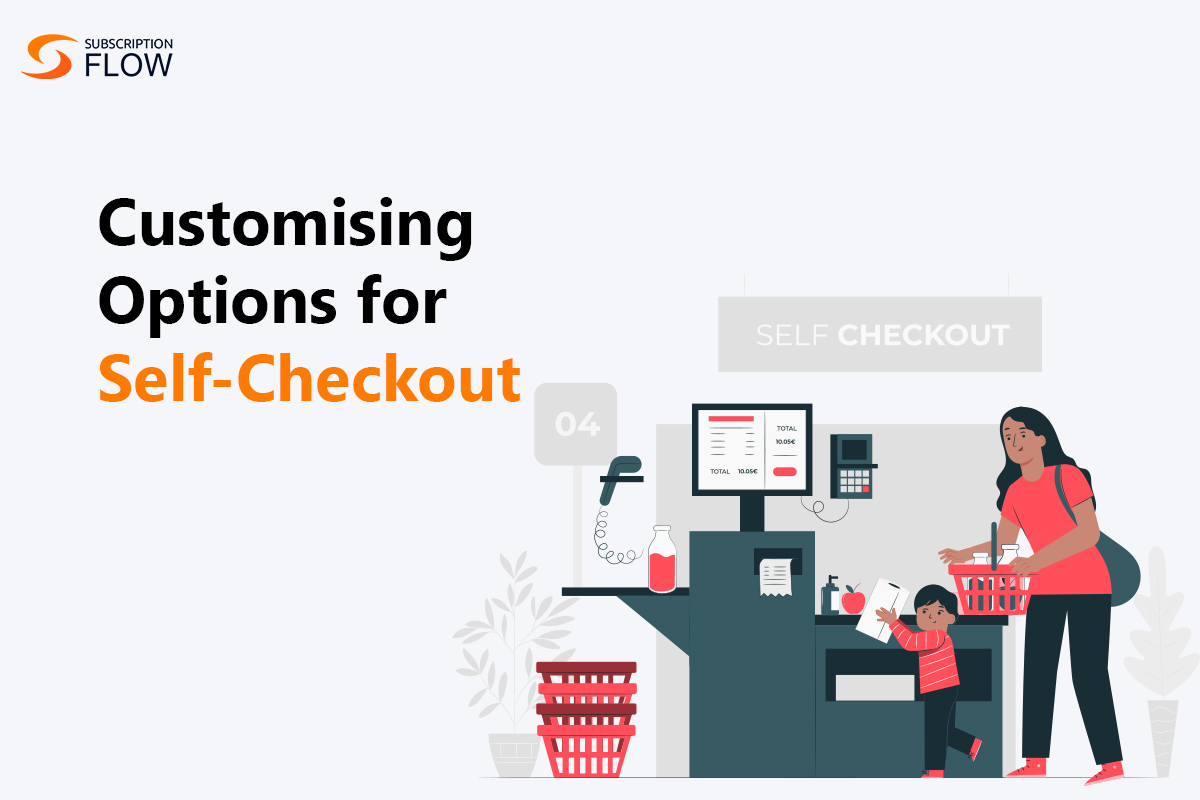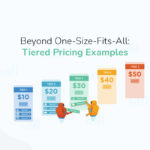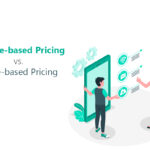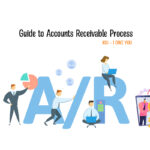
Understanding Customer Self-Checkout and SubscriptionFlow’s Role in Customizing Self-Checkout Pages
According to Forbes, 46% of customers consider their experience of shopping to be one the biggest factors determining whether they will be coming back to that store or not. In such a case, it becomes extremely important for eCommerce stores to make the shopping experience for their customers as seamless as possible so that they keep coming back in droves.
This becomes especially significant considering recent trends pointing to a marked shift in the market place that is increasingly gearing customers to look for digital alternatives to in-person shopping. In recent years, the path to purchasing retail items has grown more and more digital-first. And as a result of that, businesses have been forced to make more investments in their eCommerce capabilities as more transaction takes place online. Consumer expectations of businesses have never been higher at the same time that internet commerce has given consumers a wide range of options when making purchases. Traditional digital commerce too has developed into omnichannel commerce in response to changing consumer expectations for a hybrid digital experience.
Keeping all this relevant context in mind, in this blog we will be looking for ways in which customer self checkout can be improved so that customized self checkout becomes a way for businesses to capitalize on this ongoing boom in eCommerce. In doing that, we will also be going over the specific ways in which SubscriptionFlow can help set up a good customer self checkout page to help boost the sales of your eCommerce store.
Read more: How Wix Integration Optimizes the eCommerce Checkout
What is Customer Self-Checkout?
Customer self checkout is the process through which a customer can manage the complete checkout process on their own. These processes are more prevalent in the digital world, but you may also find them in convenience and department stores. The reason why it is a way of checking out that is becoming increasingly prevalent in the eCommerce sector is because it allows for limited interaction of the website itself with the customer and, instead, the customer simply being given the possibility to check out all on their own. This results in a quick and convenient method of shopping that lowers the hassle of requiring assistance for checking out. Digital and cashless payments, which are favored by many customers, are also possible with customer self-checkout.
Advantages of Customer Self Checkout
1. Improved Efficiency: In general, self-service checkout times are quicker. Customers’ wait times are shortened, and their entire experience is enhanced to the point where some retailers have even gone one step further and let consumers finish their checkout by scanning a QR code and making their payment using an app.
2. Reduced Human Capital: Self-checkout reduces the number of personnel a business need. As a business owner, by implementing self-checkout you will simply need to license the services of a revenue management software like SubscriptionFlow that will manage all the hassle of self-checkout from your end so that the customer is provided with a smooth check out experience.
3. Increased Income per Client: Store managers can configure highly configurable self-checkout point of sale (POS) systems and eCommerce websites to display appropriate offers depending on individual customer purchase patterns. Stores can boost sales by upselling their merchandise with these strategies.
Read more: BigCommerce & Recurring Payments Revolutionizing the eCommerce Business Market
How Can SubscriptionFlow Help eCommerce Businesses Create Customized Self-Checkout Pages?
Numerous eCommerce companies can develop personalized self-checkout pages for their consumers to engage with using SubscriptionFlow, a subscription management software. SubscriptionFlow provides the following actions for customized self checkout pages to its clients that they can use to create ever-easy to navigate pages for their end consumers to use:
1. Accepts a variety of payment channels and methods, including ACH, PayPal, Stripe, credit cards, and debit cards. Due to this, customers have the ease and freedom to select their preferred method of payment.
2. Supports a variety of languages and currencies, allowing eCommerce companies to access a worldwide customer base and meet their varied needs.
3. Gives eCommerce companies the option to personalize the appearance and feel of their self-checkout sites by using their logo, brand colours, fonts, photos, and other elements. This improves client loyalty and trust while projecting a consistent, professional image for the company.
4. Offers a safe and legal self-checkout procedure that lowers the possibility of fraud and chargebacks while guaranteeing the security of critical data. In order to save money and keep clients, SubscriptionFlow also manages payment failure and recovery.
5. Interfaces with other apps, including marketing, analytics, CRM, accounting, and more. This facilitates the process optimization and automation of subscription management tasks, including reporting, communication, and billing.
The bottom line
In the long run, it will be worthwhile for you to continuously optimize the checkout process because it is undoubtedly the most important aspect in the entire purchasing process. It takes time and effort to improve the checkout experience, but these best practices, and the help of an effective subscription management software like SubscriptionFlow will help you get started. From there, you may continue experimenting to find what works best for you.
Book a demo with SubscriptionFlow now to begin customizing your eCommerce store’s self-checkout page to make the process as easy as possible for your end consumers!










